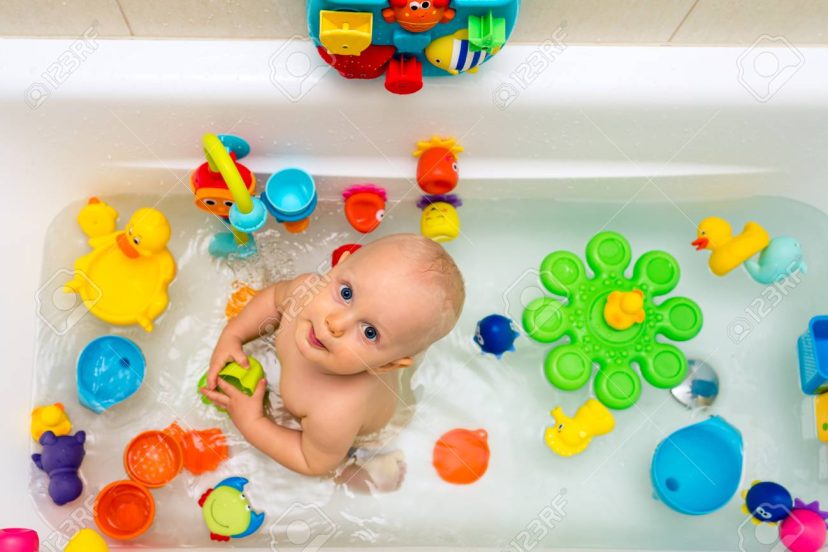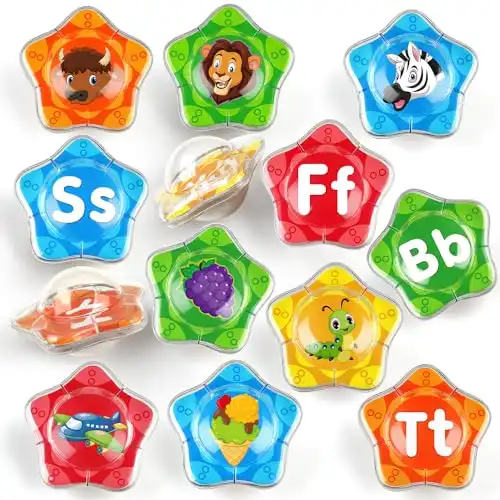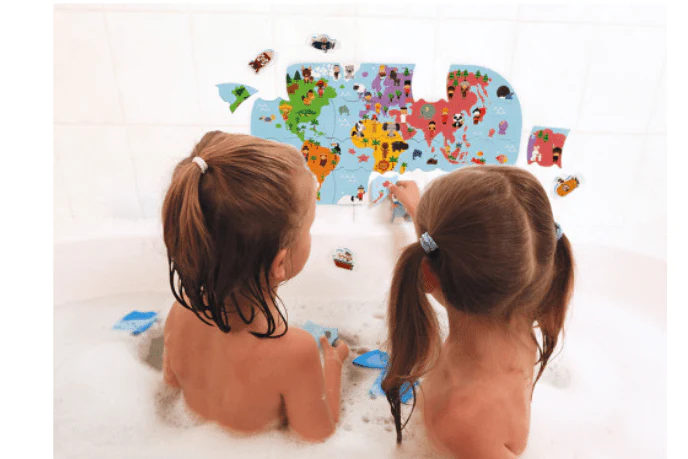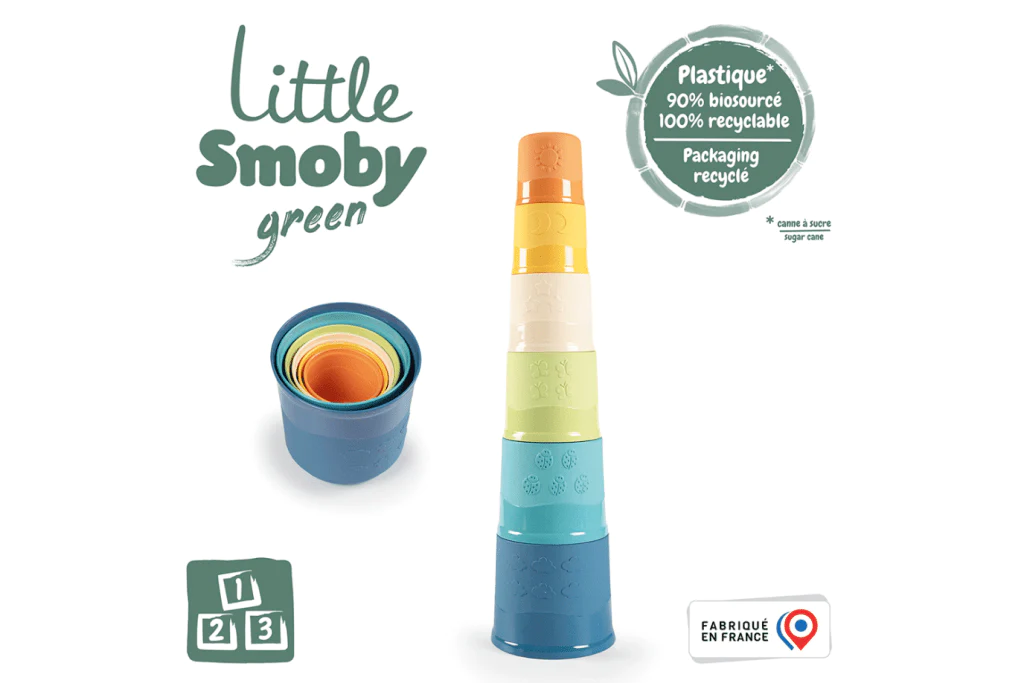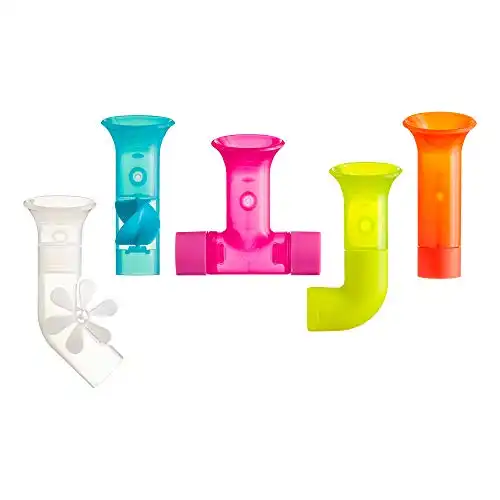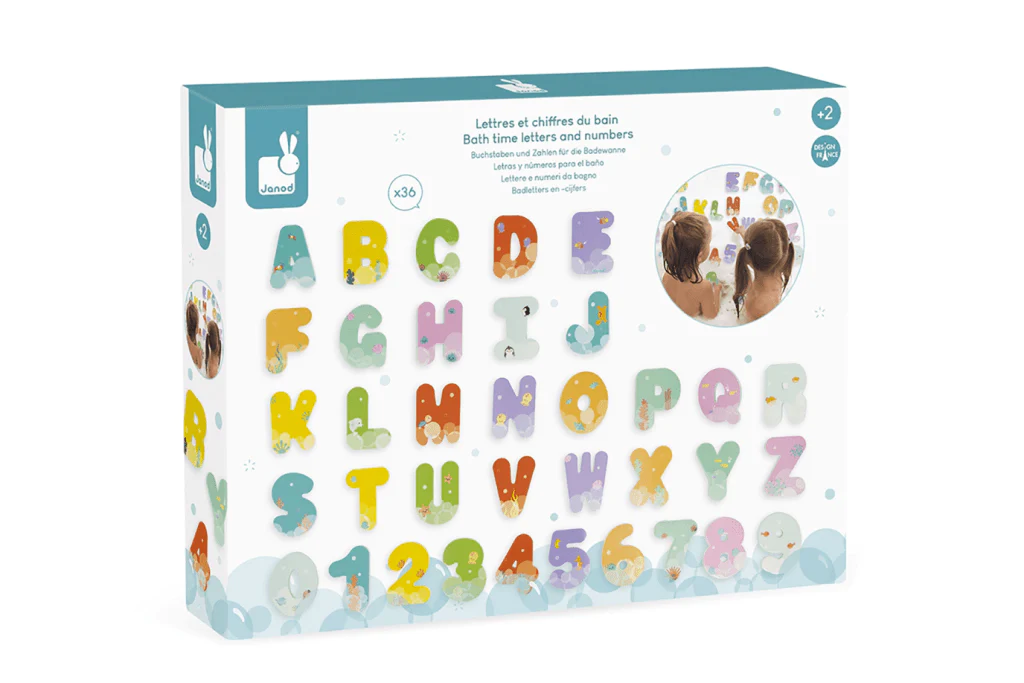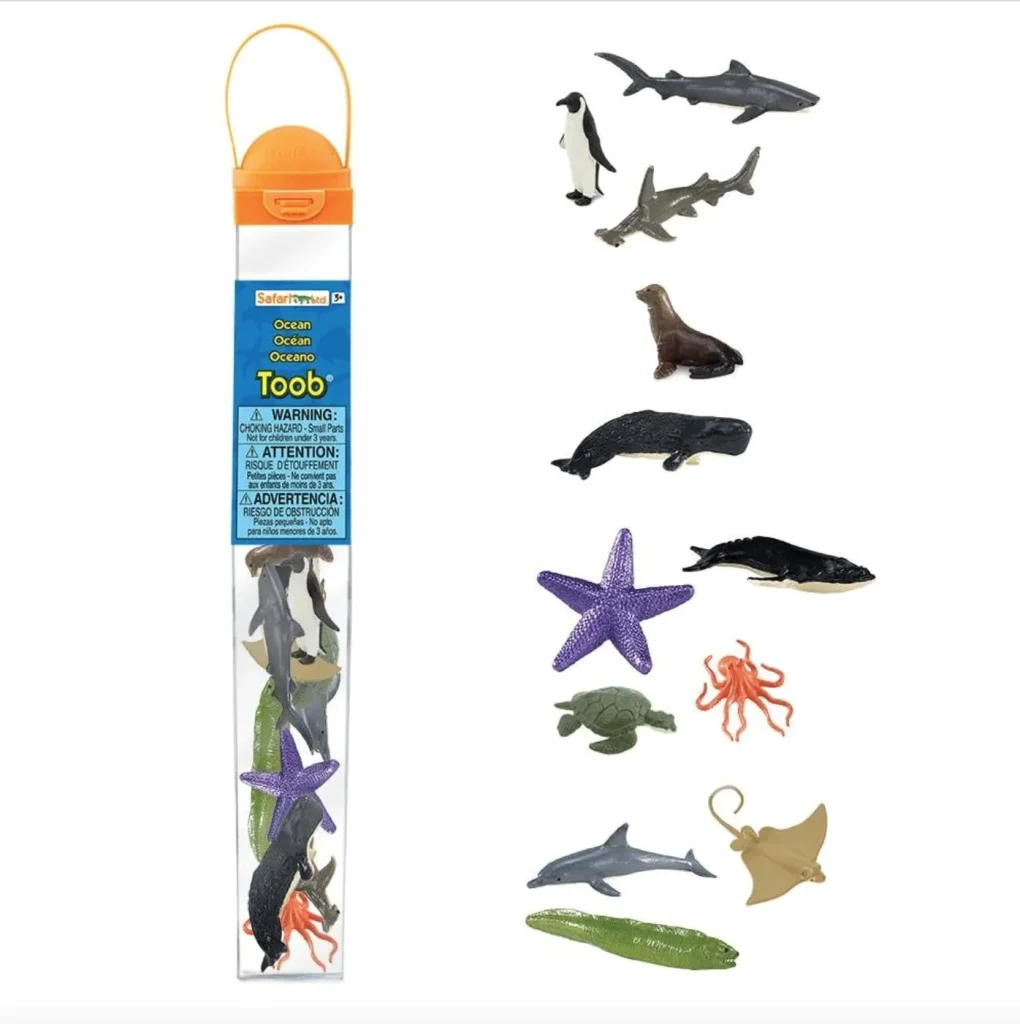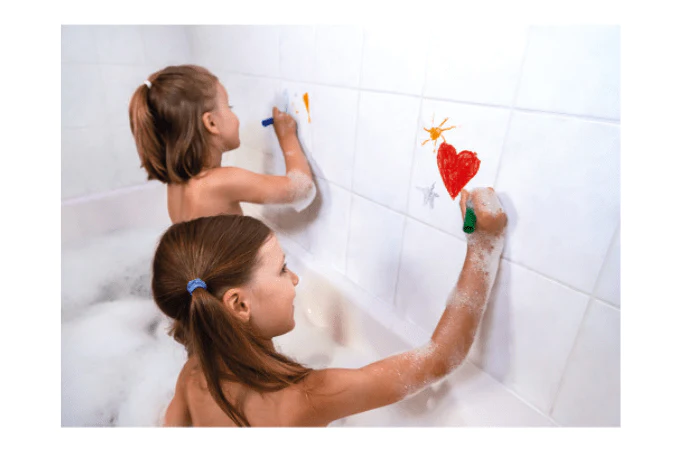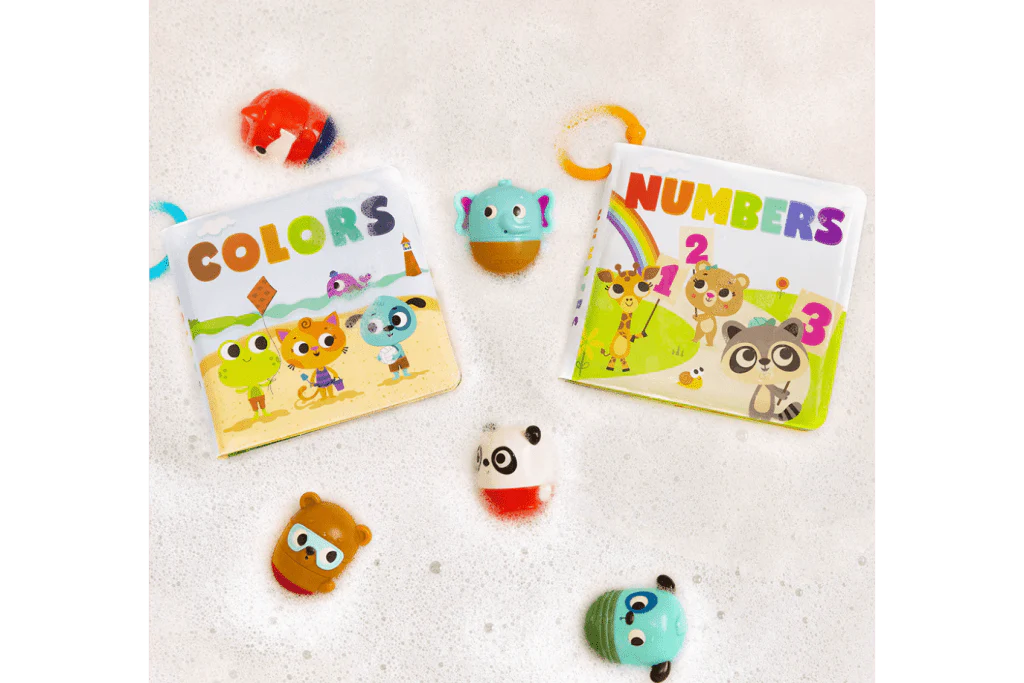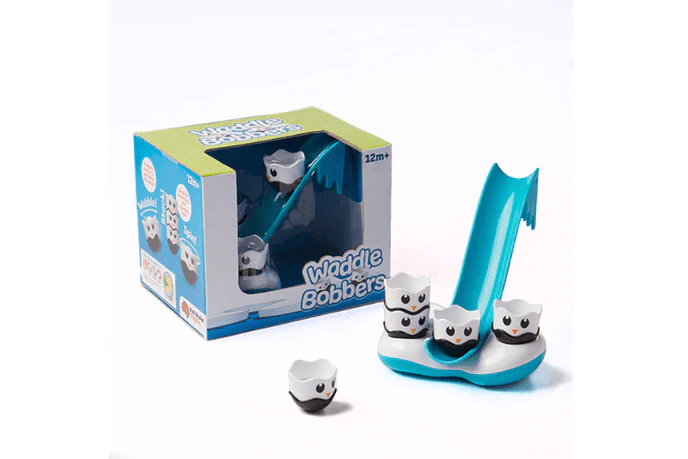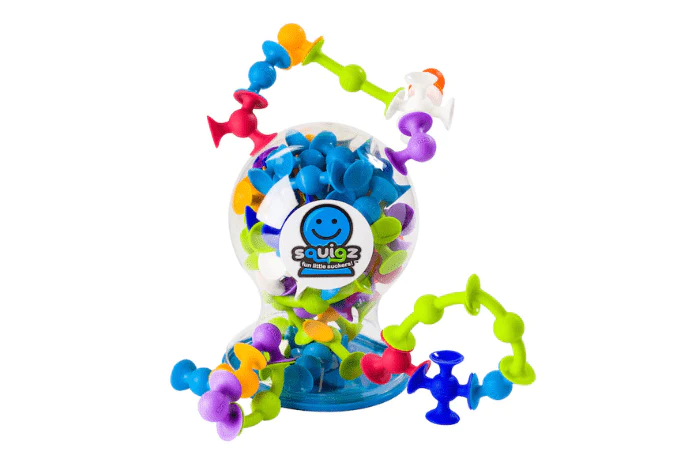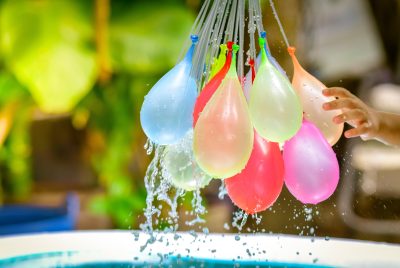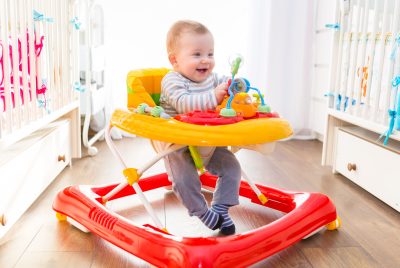Montessori Bath Toys – Fun and Learning in Every Bubble
Over the years I have grown to love the realm of Montessori learning due to the impact it has on child development. Montessori education focuses on independent learning and respects a child’s natural development in mind, body, and social skills.
When it comes to bath time, its not just about getting clean; it’s an opportunity for learning and growth. In this article, we will talk about Montessori bath toys. We will discuss their benefits, how to choose them, and how to use them to help your child learn better.
Understanding Bath Toys
Montessori inspired bath toys are designed with the Montessori principles of education in mind. They are typically simple in design, made from natural materials, and encourage children to explore and learn through their senses. These toys are not just for fun; they are crafted to foster learning and development.
The Montessori Philosophy in Bath Toys
The Montessori philosophy emphasizes self directed learning, hands on experience, and collaborative play. Bath toys help children learn about water, cause and effect, and improve their fine motor skills.
Benefits of Bath Toys
Sensory Development
Bath toys are a sensory delight. They offer a variety of textures, shapes, and colors for children to explore, an important activity for children’s sensory development. They can touch, see, and hear different sounds made by toys in water. Such sensory play aids in fine tuning motor skills, enhancing tactile awareness, and developing hand-eye coordination.
Cognitive Skills Enhancement
Bath toys can help children learn to count, sort, and understand cause and effect, which are important for cognitive development. For instance, a child pouring water into different sized cups learns basic concepts of volume and gravity. These activities improve problem solving skills and help build a strong foundation for learning math, science, and STEM.
This 28 piece Bath Explorers Map puzzle makes bath time fun and educational! Build the puzzle on the wall or right on the bath water and then travel around the world using the 4 foam vehicle pieces.
Once finished, the puzzle pieces can be stored in the net storage bag, which hangs on the walls using suction cups.
Encouraging Creativity and Imagination
During bath time, children can use toys for story telling, with each toy becoming a character in their play. This is not only fun but also develops narrative skills and encourages creative thinking. Children learn to construct stories, scenarios, and outcomes, which is an important aspect of creative development.
Developing Fine Motor Skills
Toys that require pouring, pinching, or threading can help in developing fine motor skills. For instance, squeezing water from a toy, picking up small objects, or using stacking cups to pour water can be helpful.
These nesting cups help improve hand eye coordination, focus, and understanding size order.
Fostering Independence
Montessori philosophy encourages independence, and these toys are designed to be used by children on their own. When playing alone, children make decisions about how to use the toys, and solve problems on their own. This autonomy in play helps self confidence and decision making skills.
Helping To Understand Basic Scientific Concepts
Many Montessori toys introduce basic concepts of science in a playful manner. Toys that involve water play, floating and sinking, or cause and effect can spark interest in science for young children
Creative Ways to Use Montessori Bath Toys
Learning Through Play
Use the toys to introduce simple educational themes. For instance, floating letters can be used to form basic words, helping with early literacy. Similarly, number toys can introduce counting and basic math concepts.
These bath time letters and numbers set can help your children practice number and letter recognition while in the bath. They are easy to handle, float and stick to the tiles when wet.
Incorporating Educational Themes
Themed play can make bath time more engaging. Use animal shaped Montessori bath toys to discuss different species, their habitats, and behaviors.
This not only teaches children about the natural world but also expands their vocabulary and understanding.These figures are a great tool for language development and creative play.
Interactive Play Ideas
Encourage children to narrate their actions or create stories with their toys. This not only enhances their language skills but also fosters creativity. Ask open ended questions to further ignite their imagination and reasoning. Bath Books can be great for this.
Artistic Expression
Use bath toys to draw or create patterns on the sides of the tub or on floating foam. These bath crayons will add tons of fun to the bath time routine! Children can colour on the tub and tiles and use the beautiful Starfish sponge to easily erase their creations!
Personal Experiences and Recommendations
My Favorite Montessori Bath Toys
From my experience, some of the best Montessori bath toys include bath books that introduce basic STEM concepts such as colours and numbers.
This set of bath books are great for making bath time more fun.
Another of my favoutites is the Waddle Bobbers Bath Toy. These little penguins have weighted bases so you can spin them and make them wobble outside the tub. Take them inside the tub and they float!
Stack them, float them, send them down the slide! It’s a penguin party on the Waddle Bobbers iceberg!
Beyond the Bath: Versatility of Montessori Toys
Many Montessori bath toys are versatile and can be used outside of the bath as well. This extends their learning value and keeps children engaged with them for longer periods.
The award winning Squigz Deluxe set are great for building and developing creativity. They connect to each other and to any solid, non porous surface which makes them perfect for in or out of the bath.
Check out this article for a whole host of other Montessori toys for 3 year olds!
Tips for Engaging Children at Bath Time
Some children may resist bath time. Engaging children at bath time is often half the battle and Montessori bath toys can help make this process more appealing. Consistency and a positive attitude also go a long way. Here are some top tips.
Involve Them in the Process: Let your child choose which toys to bring into the bath or help in pouring water. Involving them in decisions makes them feel more in control and engaged.
Quality Time: Use bath time as a moment to bond . Engage in conversations, listen to their stories, and share this special time together.
Rotate Toys Regularly: Introduce new challenges to make bath time both fun and educational.
Create a Routine: Having a consistent bath time routine can help children feel more secure and happy. A routine can include a specific time for the bath, a favorite toy, or even a special bath song.
Sing Songs and Rhymes: Children often enjoy singing and rhymes. Sing songs about the activities you’re doing. This can also be a way to teach new words and concepts.
Encourage Autonomy: Encourage independent play where you can. This fosters creativity and self reliance. Let them wash a toy themselves or experiment with pouring water from one container to another.
Follow Their Lead: Pay attention to your child’s interests and dislikes. If they show interest with a particular toy or activity, expand on that. This makes bath time more enjoyable for them.
Closing Thoughts From Me
By using Montessori methods during bath time through carefully selected toys can enhance your child’s learning. It’s important to keep kids busy while also helping them learn and grow in a fun and educational manner. I encourage parents to explore the world of Montessori bath toys and witness the positive impact they can have on their child’s growth.
FAQs
What are the best bath toys for infants? For infants, look for simple, floating toys, soft bath books, and textured items that engage their senses.
How can I ensure the safety of bath toys? Always choose toys made from non toxic materials, free from small parts, and ensure they are well maintained and clean.
Can bath toys be used for older children? Absolutely. As children grow, choose toys that challenge their growing cognitive and motor skills.
How often should I clean bath toys? Clean them after each use and make sure to dry them properly to prevent mold and bacteria growth.
Where can I find Montessori bath toys? They are available at many educational toy stores, online retailers, and Montessori supply stores.

